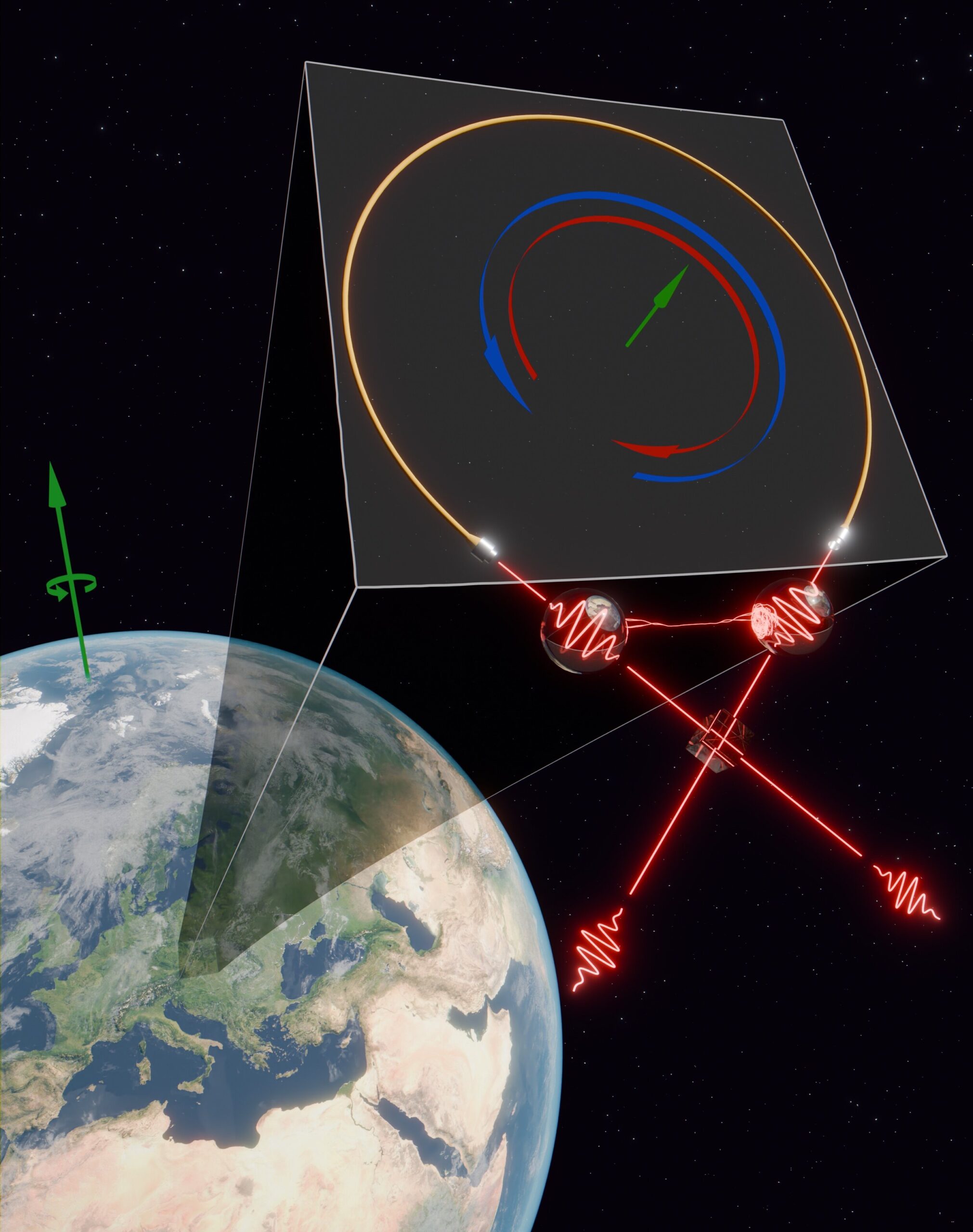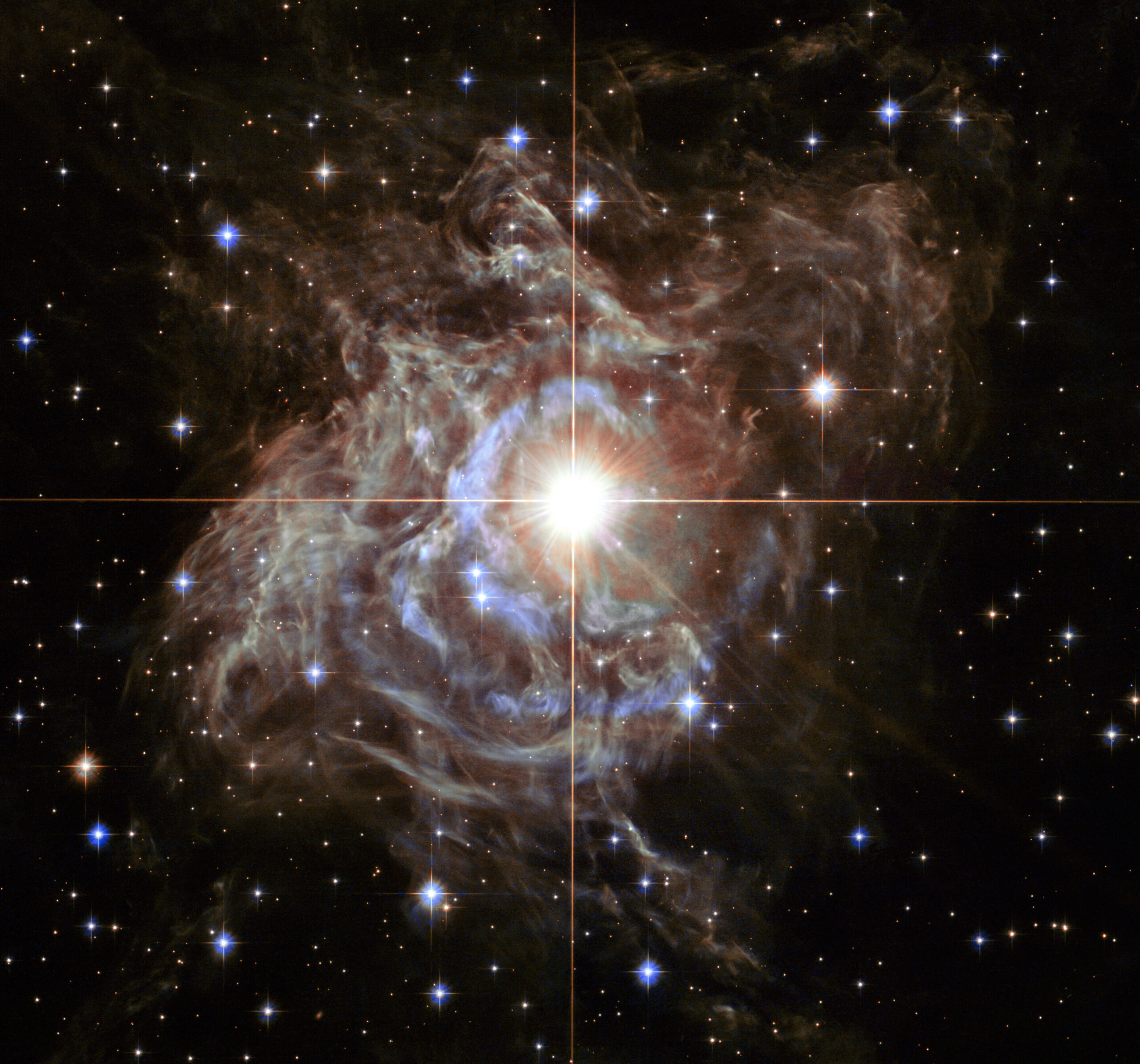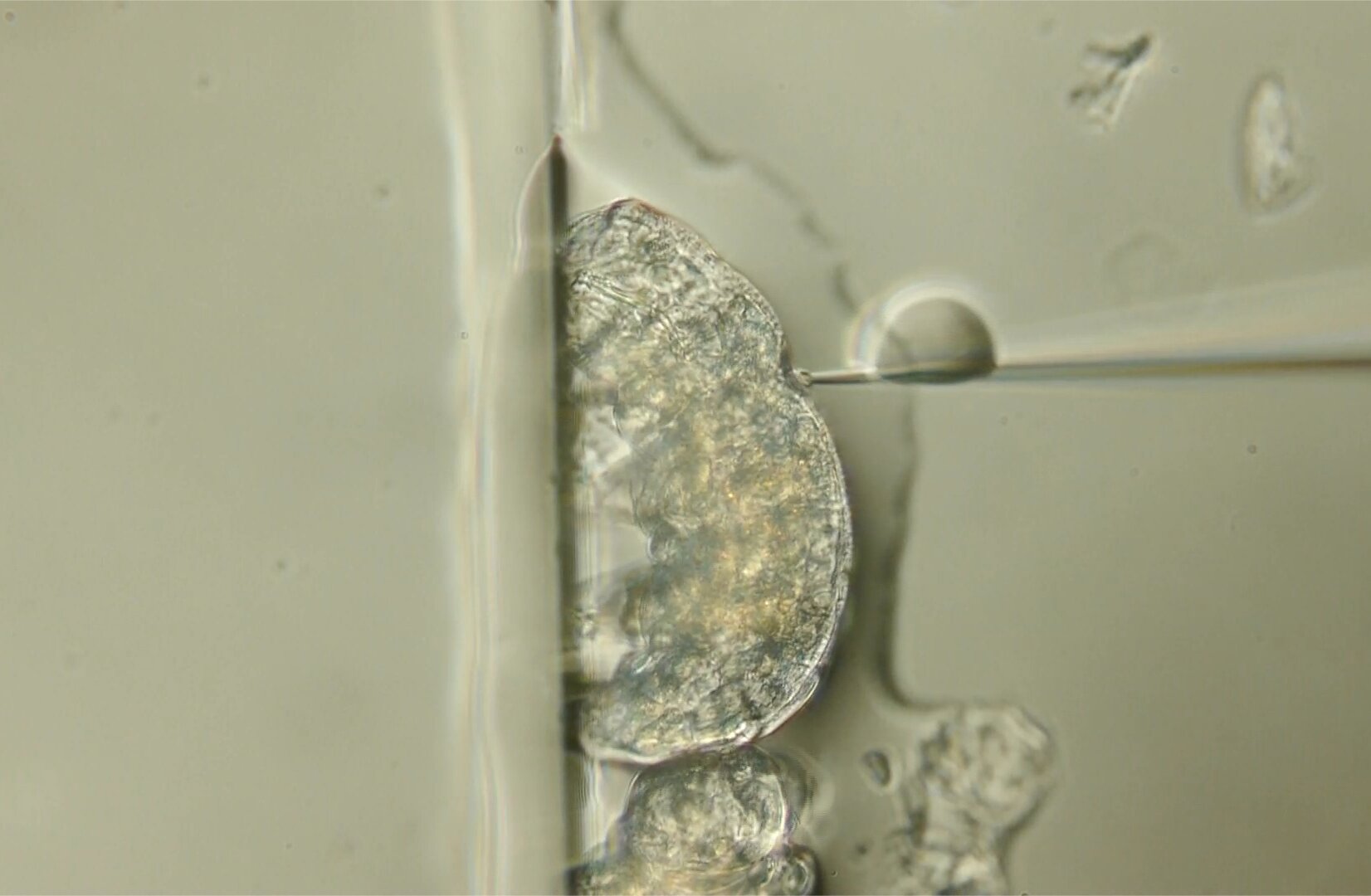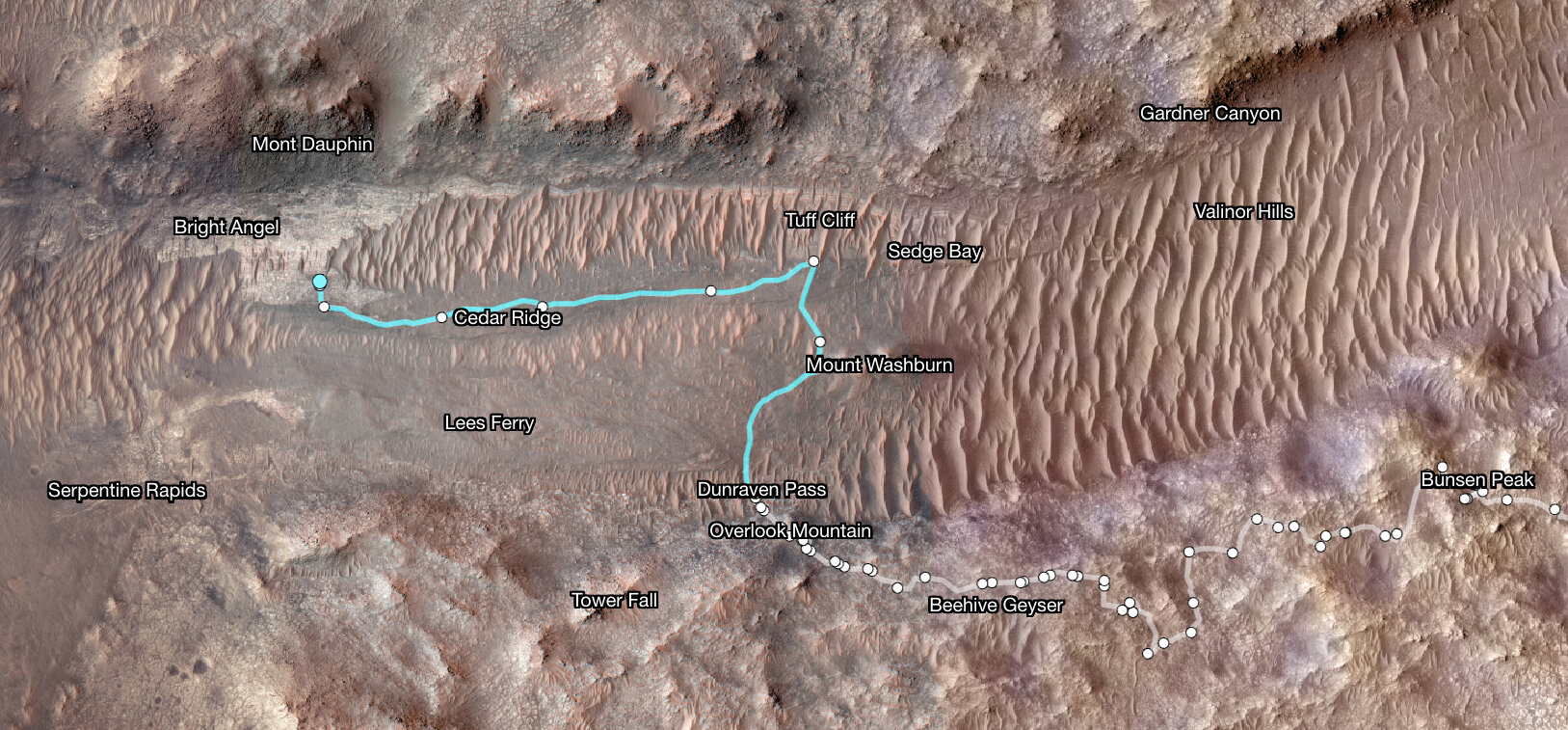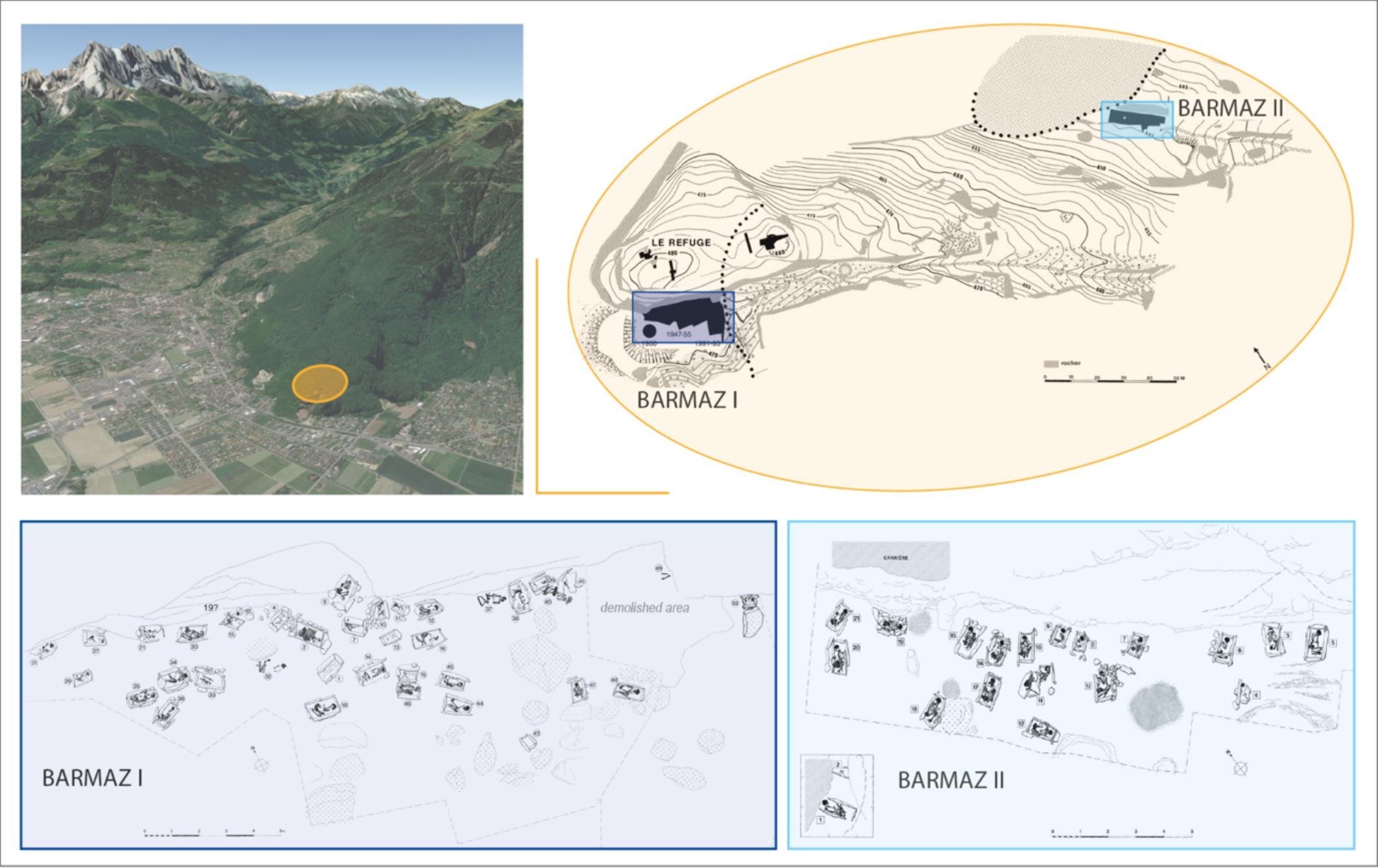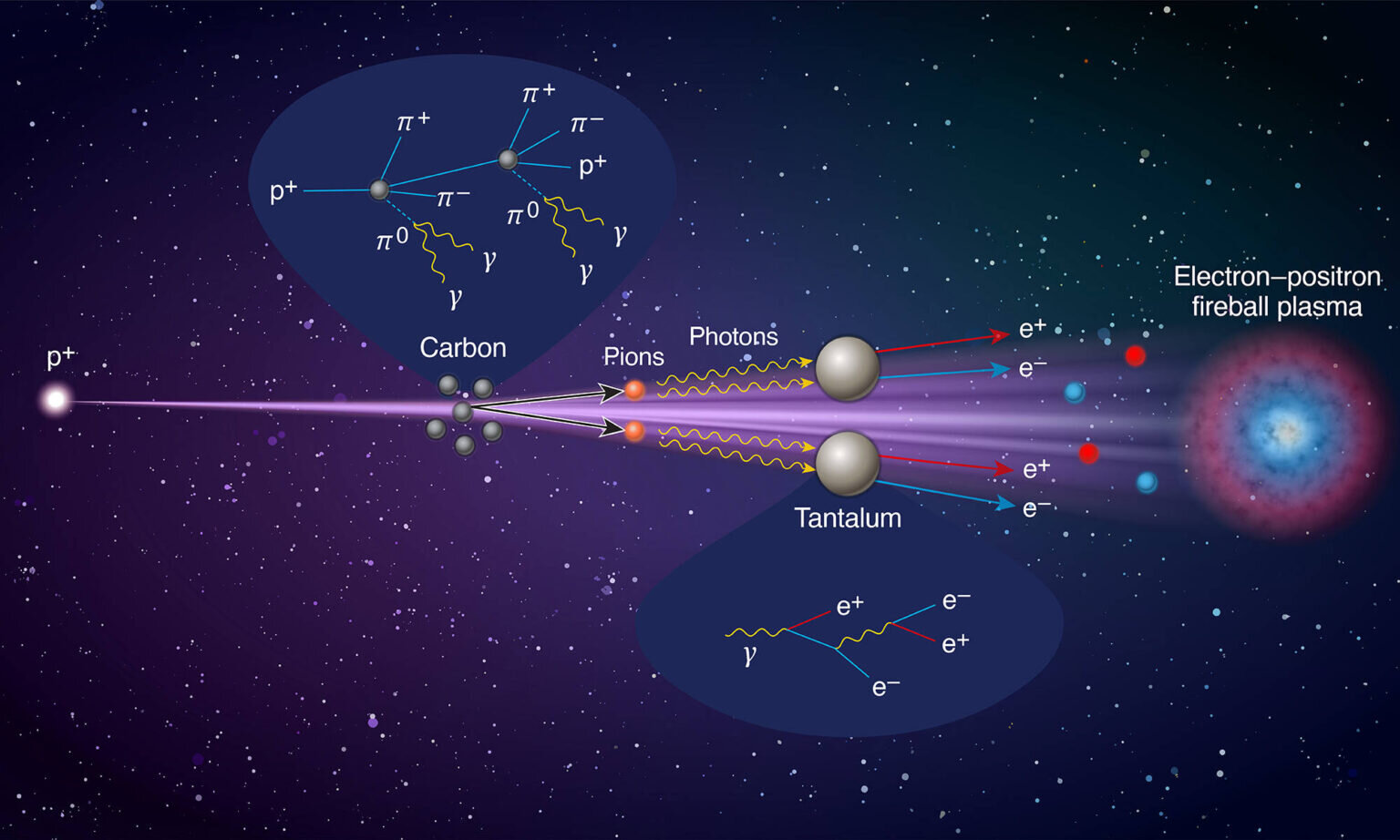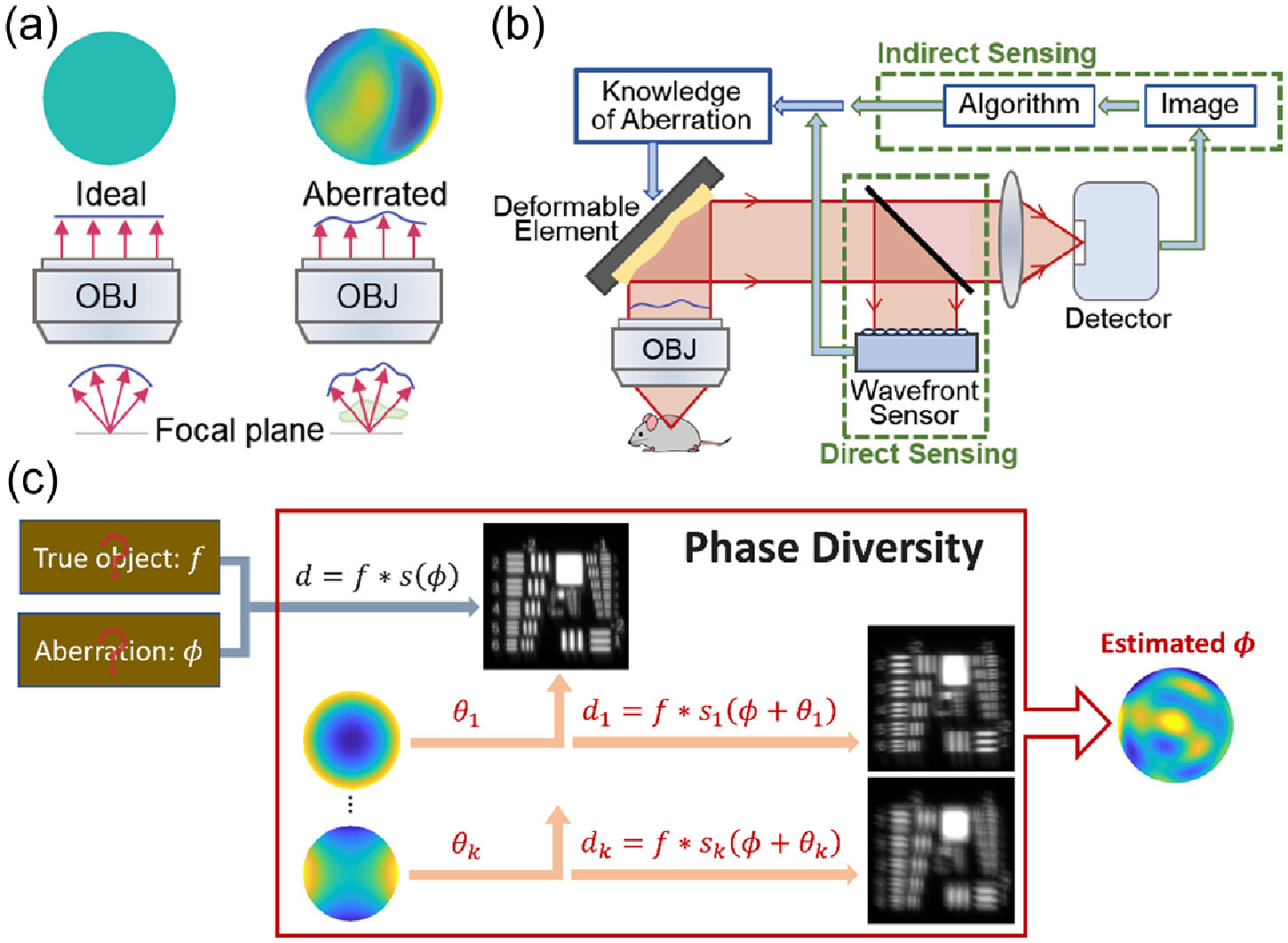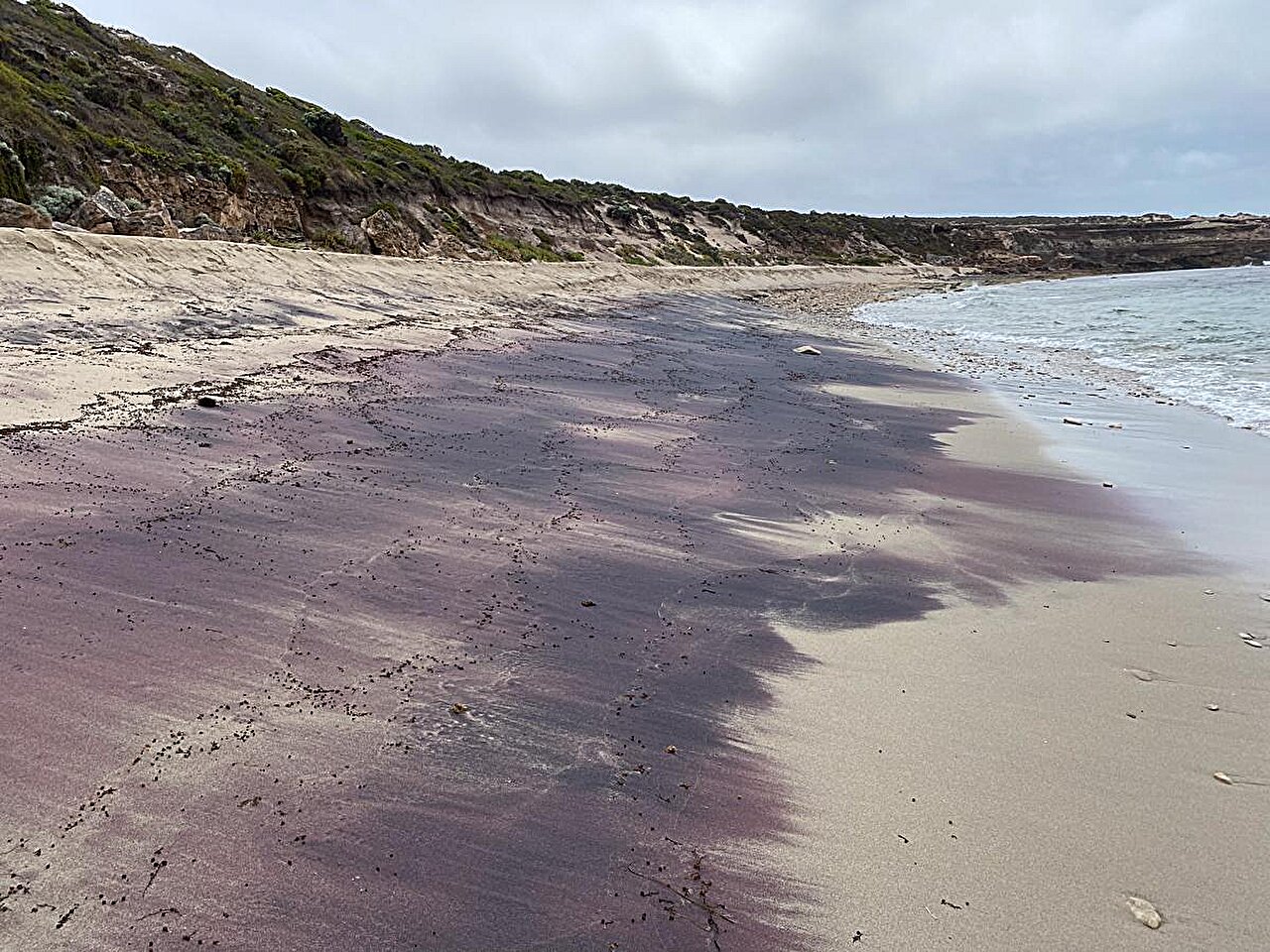MOND vs. Dark Matter: Research suggests that the rotation curves of galaxies remain flat indefinitely
The main technique Mistele used in his research, gravitational lensing, is a phenomenon predicted by Einstein’s general theory of relativity. As part of the research, Mistele plotted the so-called Tully-Fisher relationship on a map to highlight the empirical relationship between a galaxy’s visible mass and its rotation rate. In a discovery that challenges conventional understanding … Read more

